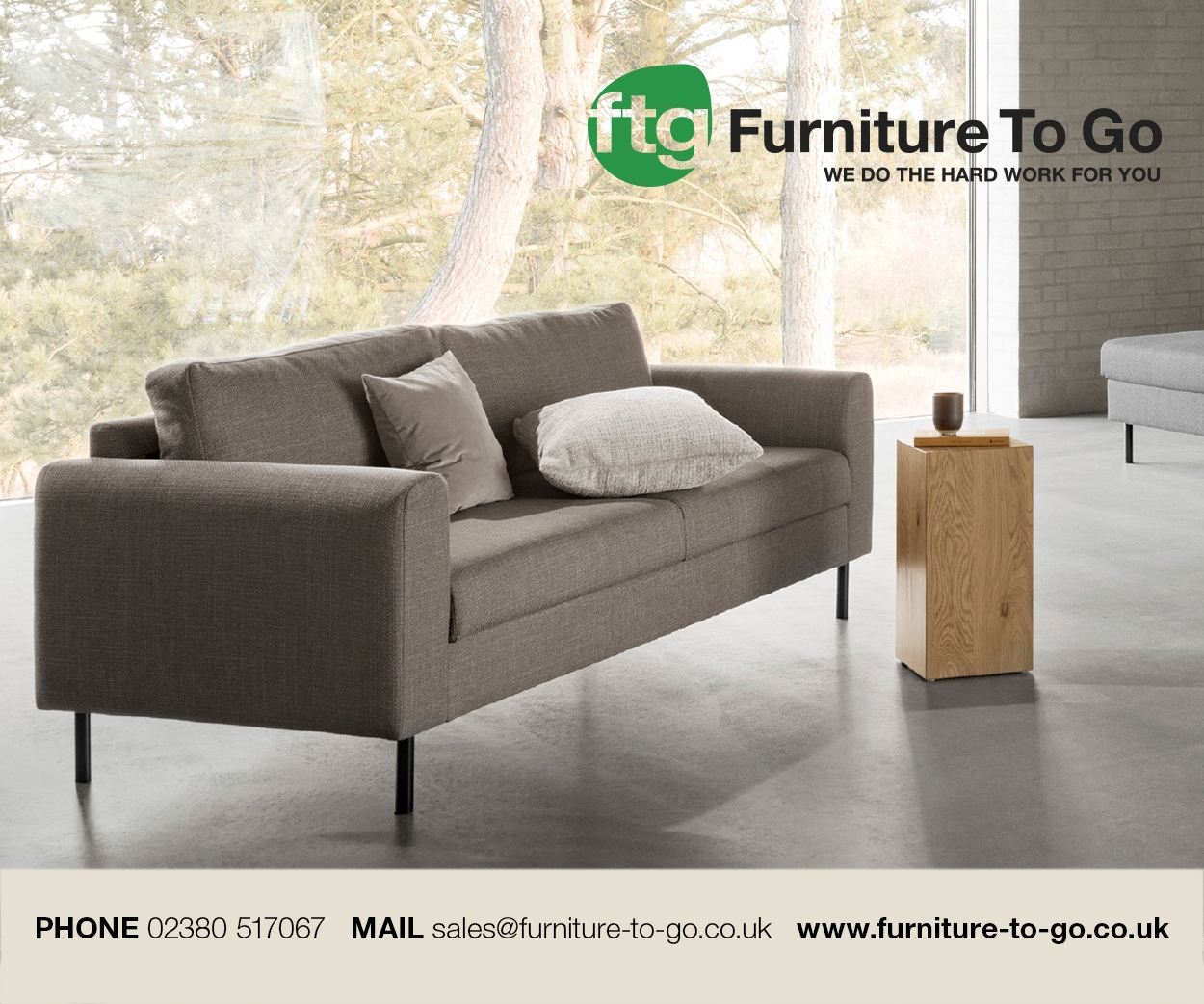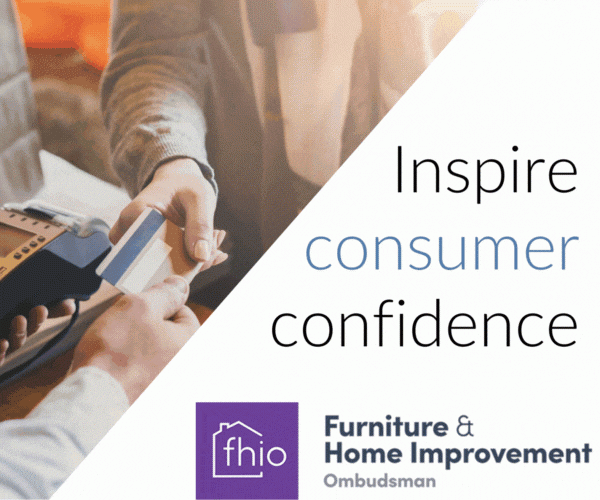It’s no secret that consumers sector-wide have become dramatically more mindful of their choices and purchases – and furniture products are no exception. ‘Sustainability’, ‘CO2 emissions’, ‘environmental footprint’ … all are frequently thrown around in news bulletins and everyday discourse. However, it’s important to not view these phrases as mere buzzwords designed to make us feel bad about our choices and long-term survival on the planet, and instead treat them as valuable drivers for change, writes Annie Button …
Sustainability itself can be a powerful marketing asset for the furniture sector. Attaching it to your strategy and brand values (authentically, of course, but more on that below) can strike an emotional connection with new audience segments and drive business.
With large percentages of Generation Z consumers willing to pay more for eco-friendly products, the commercial imperative is hard to ignore. For furniture brands, adopting the same practices and habits that neighbouring sectors have adopted can be a key difference-maker in improving sales and cultivating a sense of brand loyalty.
The importance of ‘authentic sustainability’
The solution isn’t as clear-cut as attaching superficial, inflated ‘green’ claims to your furniture brand’s initiatives or activities. UK consumers have grown increasingly cautious about greenwashing claims, and even regulatory bodies have begun incorporating provisions into consumer protection laws to prevent its permeation.
So, where does this leave furniture brands? The simple answer is to embed sustainability authentically and meaningfully throughout the business, rather than spotlighting it occasionally in marketing materials.
Take the example of used camera retailer MPB, a company that is recirculating 570,000 items of photography and videography equipment every year (and growing). Though sitting in a different sector, MPB’s circular business model can be an inspiration for furniture brands. Both industries produce durable products that are meant to last for years, and both face similar difficulties in reducing carbon emissions and environmental damage while maintaining profitability.
Ask yourself how you can embed sustainability and circular principles and values from the top down, authentically. Could your furniture be partially or entirely repurposed? What decisions could you make regarding manufacturing and distribution that could encourage sustainable and green furniture? Also, how can you communicate this effectively to your audience?
The aim is to make meaningful changes that reflect your environmental priorities and values, rather than make outlandish claims.
Communicating sustainability credentials
To market your sustainable furniture brand and activities requires educating and informing your audience about your achievements.
However, it’s also about highlighting the compelling consumer benefits of buying from you as an eco-friendly brand. This can manifest in several ways.
- Material transparency: More consumers now want to understand what their furniture is made from and how ethical the processes are to create it. Rather than making vague or unverifiable claims, brands could adopt the approach that IKEA notably did, for example, through its sustainable products initiative. This clearly communicated the percentage of renewable or recycled plastics in each new item, as part of its broad goal of exclusively using such materials by 2030.
- Certificates from credible bodies: Accreditation and certification from authorised UK-based bodies can be a valuable ‘social proof’ signal. UK furniture businesses should look at Forest Stewardship Council (FSC) and Programme for the Endorsement of Forest Certification (PEFC) certifications, while educating consumers about what these certificates mean and why they matter.
- Circularity as a USP: The circular economy is a wide-reaching opportunity for furniture brands to stand out from the proverbial noise. Vitsœ, creator of the iconic 606 Universal Shelving System, has built its entire business model around reuse, minimal consumption, and promoting longevity. Brands can be inspired by how Vitsœ adapted its model and operations into encouraging product reconfiguration and durability, as well as fair, transparent pricing and customer satisfaction.
Suggestions for UK furniture businesses
Incorporating sustainability principles and ideals in marketing requires careful, objective and retrospective conversations. To get started, bear these following recommendations in mind:
- Tell real stories: Share the stories and reasons behind your innovations rather than stamping certificates on your website. Communicate how and why you adapted your products.
- Go local: Consumers resonate with brands that emphasise relationships with local partners, particularly in the UK, where small businesses are pivotal to the economy and local craftspersonship is championed.
- Don’t stop educating: Help your audience understand why it’s beneficial to invest in sustainable furniture, even if it comes at a higher upfront cost. Give them compelling visuals, simple metrics, and real-world data to reinforce your claims.
- Measure what matters: All marketing campaigns have KPIs and goals, but brands should look deeper than the numbers of sales and conversion rates. Instead, where possible, track how sustainability can influence purchase decisions, measure content engagement, and explore remarketing and repeat purchases to uncover other granular insights into your efforts.
With environmental conversations growing in intensity and frequency every day, industries everywhere are being affected by changing consumer priorities and increasing amounts of regulatory red tape. That said, those businesses that embrace – rather than refuse to accept – sustainability as part of their marketing initiatives will be in a position to achieve their business goals while setting themselves apart in a crowded market.
Brands poised for success will recognise that sustainability isn’t a constraint or tick-box exercise, but rather a catalyst for differentiation, growth, and emotional resonance with more eco-conscious consumers. And that’s hard to replicate in this day and age.














